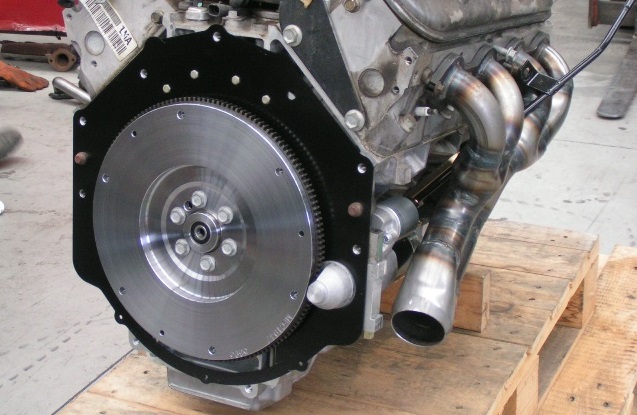Dual Mass vs Single Mass Flywheels – What’s Under Your Bonnet?
Alright, so lately we’ve had a few drivers pull up here at the Grimmer Motors workshop, right next to Te Rapa Straight, asking about single mass and dual mass flywheels. Some of you have been stuck in Hamilton’s stop-start traffic on Victoria Street, hearing weird rattles, or maybe feeling a bit of judder every time you knock it into first at Morrinsville Road lights. Let’s have a proper yarn about what’s actually going on and what makes sense for your car—and your wallet.
What Do Flywheels Actually Do?
You might not even think about your flywheel until something weird happens. It’s basically a heavy disc that sits between your engine and gearbox, smoothing out all the lumpy bits when your engine’s firing away. Without it, every pothole out by Glenview or every speed bump outside The Base would feel ten times worse. Its main job is to stop vibrations and keep things running sweet, especially when you’re changing gears.
Dual Mass Flywheels (DMF) – Fancy, but Fiddly
Now, with all the late model Mazdas, Toyotas, or even those Peugeot 308s that come from Rototuna, most of them have dual mass flywheels these days. They’re actually two bits joined up with springs in between. Super handy for cutting down noise and vibration—makes things smoother, especially if you’re hauling the family up to Huntly or stuck behind a tractor in Cambridge on a foggy winter morning.
But, here’s the rub: they’re more complicated, can be pricey to replace, and when they wear out, they don’t muck about—usually you’ll notice straight away. One of our technicians was just helping a client with a late model Suzuki Vitara last week. Tons of clutch shudder after years of traffic down Peachgrove Road. DMF was cactus.
Single Mass Flywheels (SMF) – Old School Toughness
Older Subarus, or even that solid old Honda Civic you might see heading out to Gordonton, will more likely have a single mass flywheel. It’s just a thick chunk of metal. Simpler, harder to break, and a bit more direct. They can be a bit noisier if you’re stuck in stop-start, especially in town, or climbing Dinsdale Hill in the rain. But when they need replacing, they tend to be a lot easier on the wallet.
We see some folks—guys and gals—come in with their Hyundai I30s or Skoda Octavias, wondering whether to stick with a DMF. If the car’s getting on a bit, and especially if you’re not fussed about a touch more vibration, SMF conversion kits are a pretty common call.
Should You Convert from Dual Mass to Single Mass?
Here’s the deal: if your DMF is worn out, and you’re thinking “bugger paying for another expensive one”, you can actually swap to a single mass flywheel. There’s conversion kits for that—usually comes with a new clutch disc and pressure plate. It can save you a few bucks, especially if the car is just getting you up and down River Road every day, rather than doing big road trips.
Most auto shops (us included) can get all the gear sorted for you. Just remember—after the switch, there might be some extra noise or feel a bit buzzier rolling over those rough patches on Charterhouse Crescent.
Still not sure what’s going to work best? Check out some of our other info here:
Single Mass Flywheel,
Dual Mass Flywheel,
Single and Dual mass Flywheel Comparisons.
And if you want a deep dive, this is a good read: Learn more
Flywheel Repairs and Conversions in Hamilton
If you’re in Hamilton, or even out in Raglan or Taupiri and you need your flywheel checked, repaired or converted, just give us a bell here at Grimmer Motors. Our crew sort loads of flywheels—Asian, Euro, petrol, diesel, even the odd hybrid. Whether it’s a city runabout or something you take over the Kaimais, we’ll help you figure out the best option for your budget and keep things humming.

